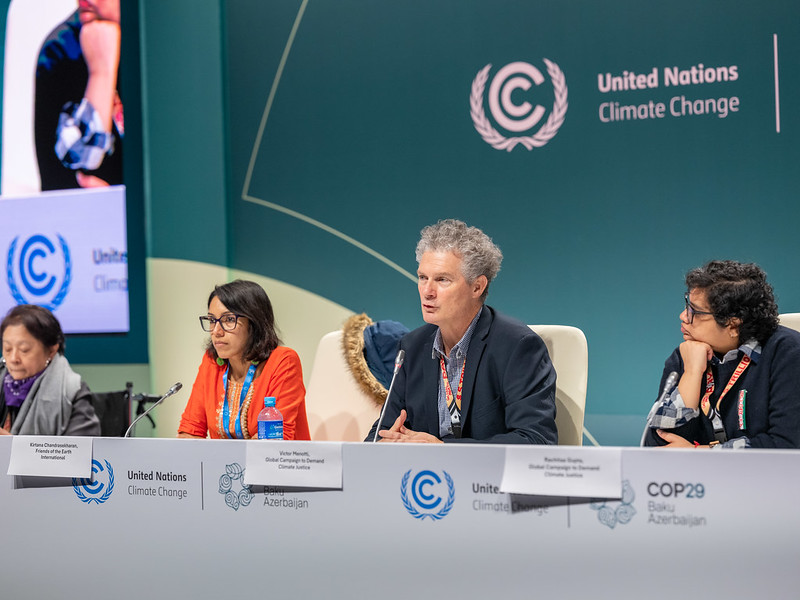 The annual Conference of the Parties (COP) to the United Nations Framework Convention on Climate Change (UNFCCC) has become a crucial platform for global climate action. These summits’ purpose is to bring together world leaders, scientists, and activists to discuss and implement strategies to address climate change.
The annual Conference of the Parties (COP) to the United Nations Framework Convention on Climate Change (UNFCCC) has become a crucial platform for global climate action. These summits’ purpose is to bring together world leaders, scientists, and activists to discuss and implement strategies to address climate change.
A Brief History of the COPs
The first COP was held in Berlin in 1995. Since then, these annual conferences have witnessed a mix of progress and setbacks. Some significant COPs include:
COP3 (Kyoto Protocol): This landmark agreement set binding emissions targets for industrialized countries. It outlined the greenhouse gas emissions reduction obligation for annex one countries.
 COP15 (Copenhagen Accord): Although not legally binding, this accord marked a significant step towards global climate action. The nature and biodiversity framework was the central theme for COP15. A framework that recognizes and protects the rights of Indigenous peoples and local communities, who are the most effective guardians of biodiversity. A framework that helps to bring nature into our working landscapes and cities: transforming them into green spaces where our children can play and breathe easy.
COP15 (Copenhagen Accord): Although not legally binding, this accord marked a significant step towards global climate action. The nature and biodiversity framework was the central theme for COP15. A framework that recognizes and protects the rights of Indigenous peoples and local communities, who are the most effective guardians of biodiversity. A framework that helps to bring nature into our working landscapes and cities: transforming them into green spaces where our children can play and breathe easy.
COP21 (Paris Agreement): The Paris Agreement is a legally binding international treaty on climate change. This historic agreement aimed to limit global warming to well below 2 degrees Celsius above pre-industrial levels.


























































Discussion about this post